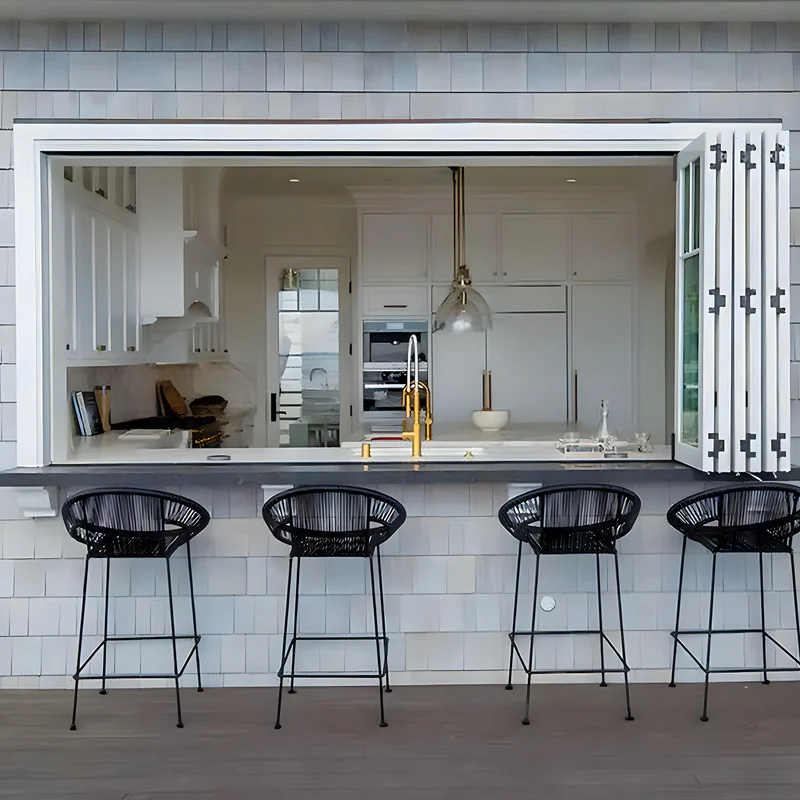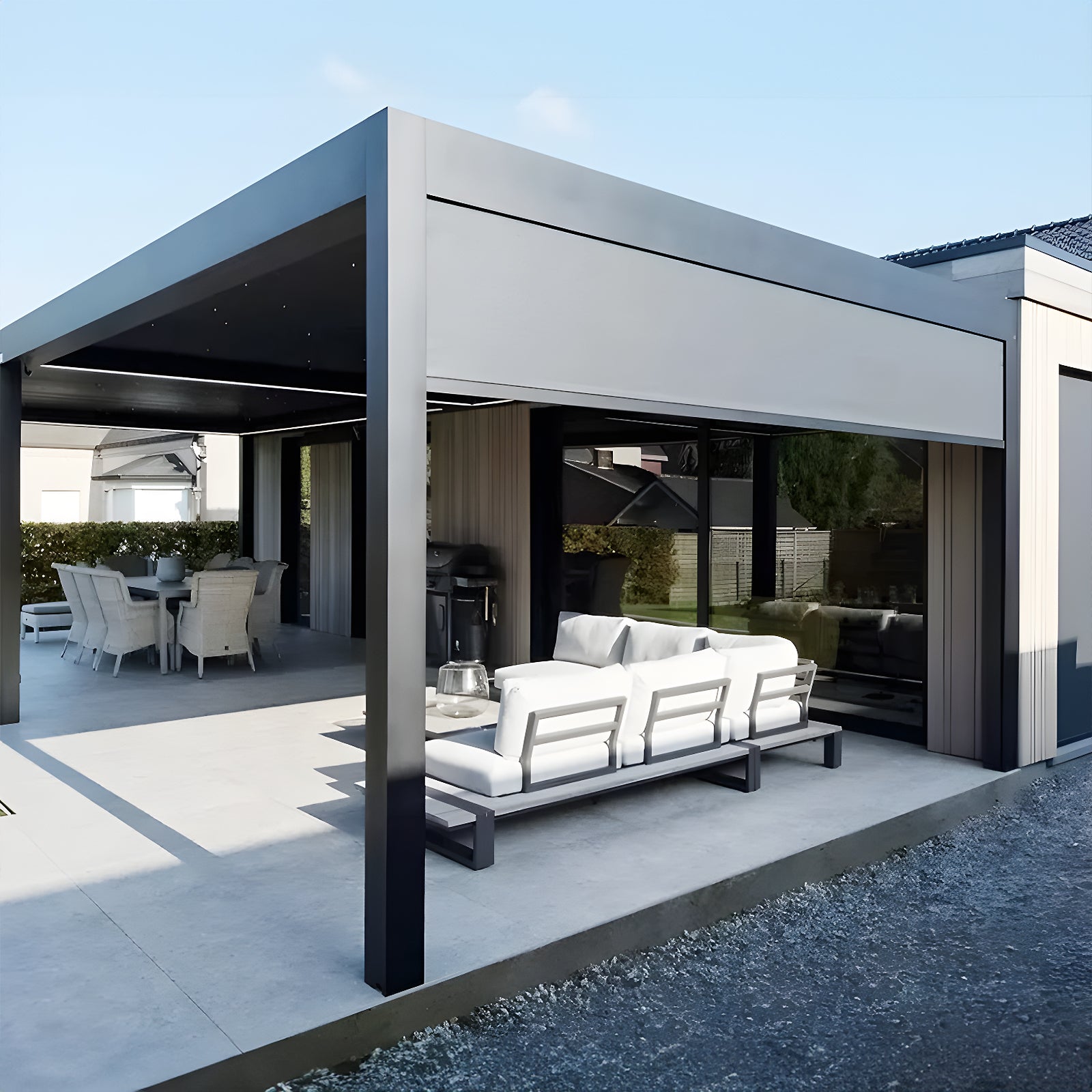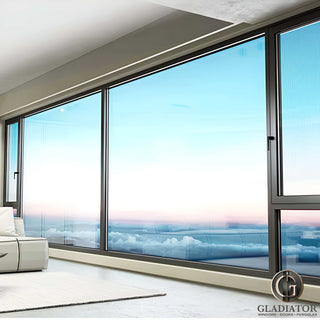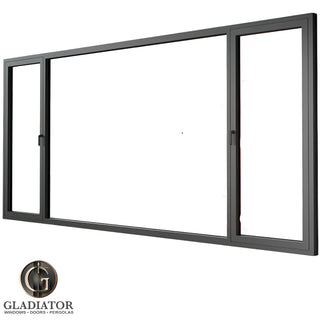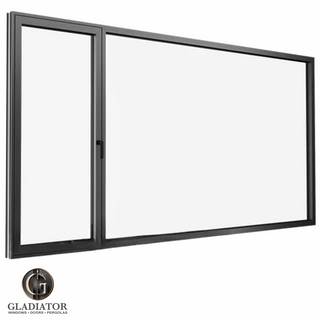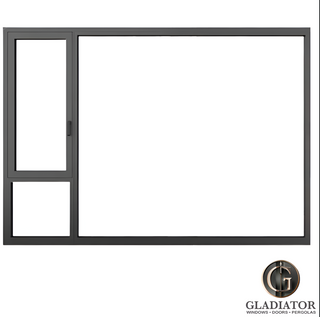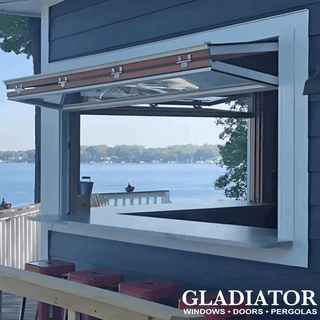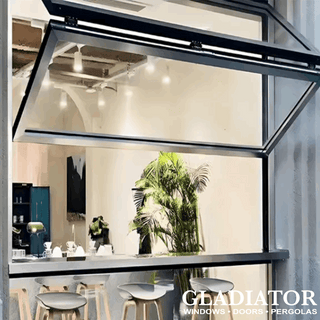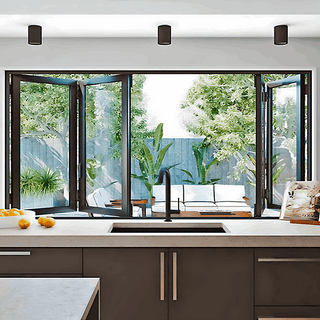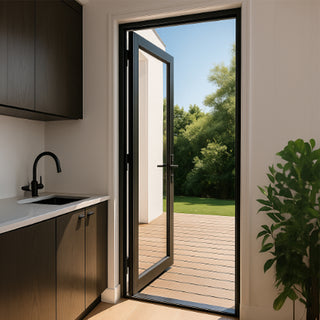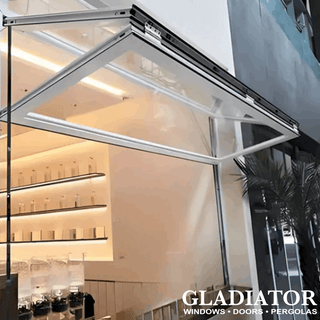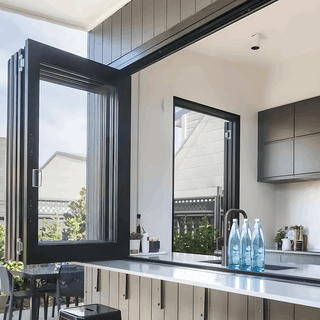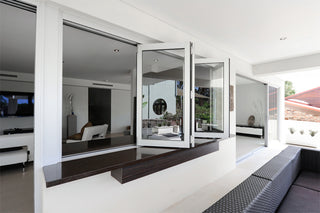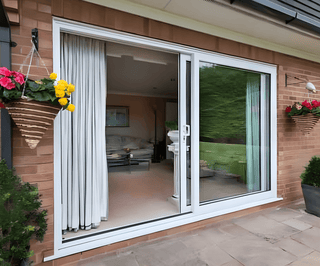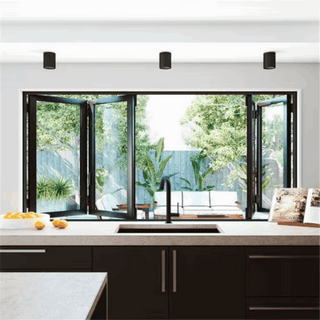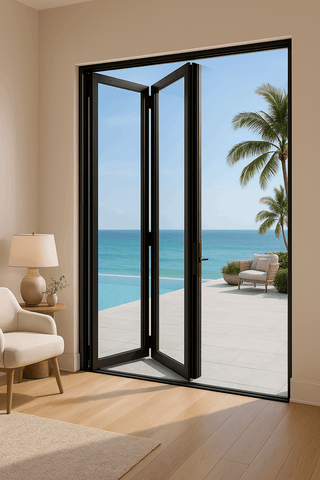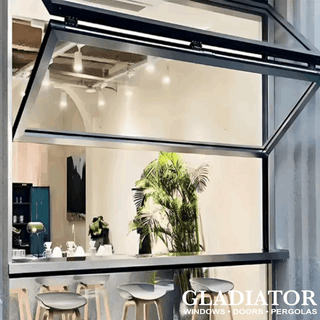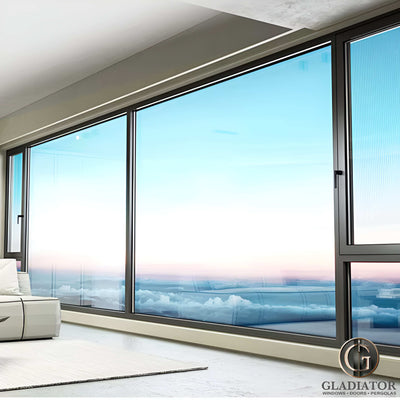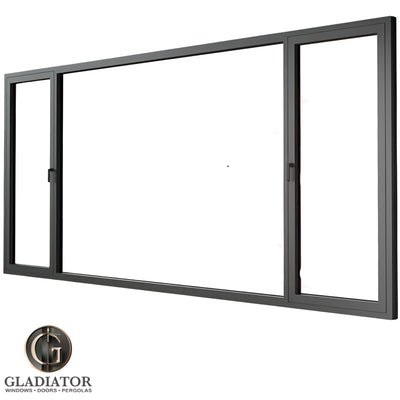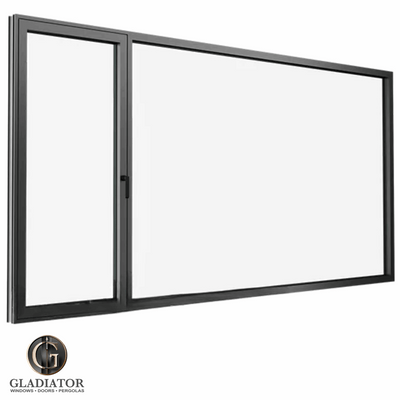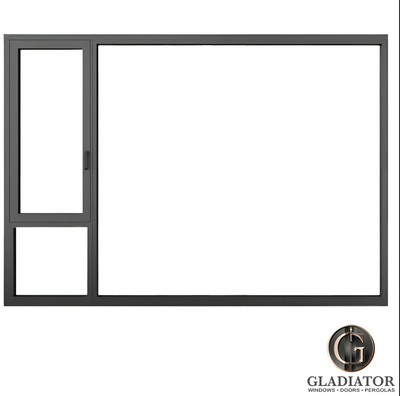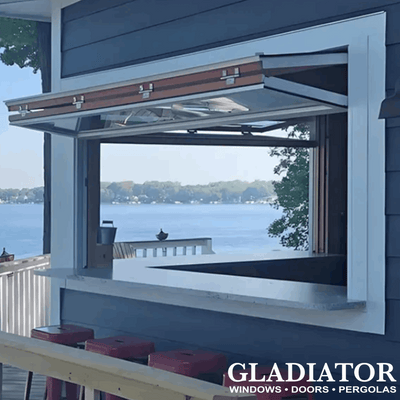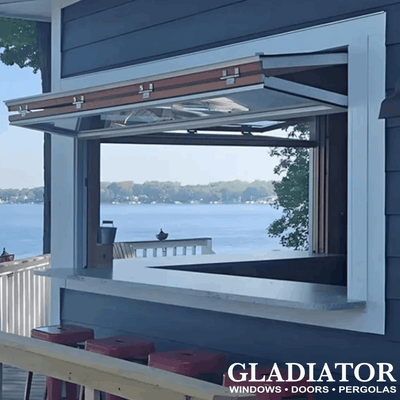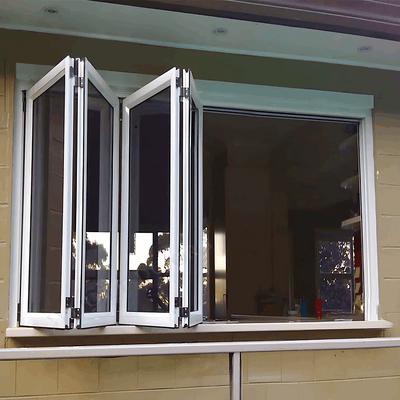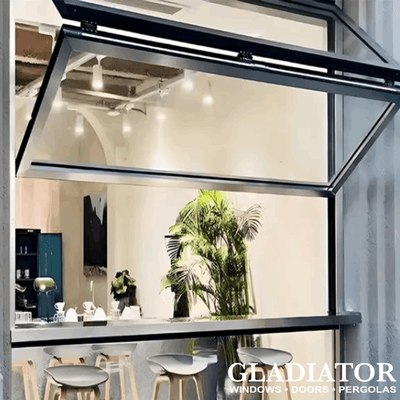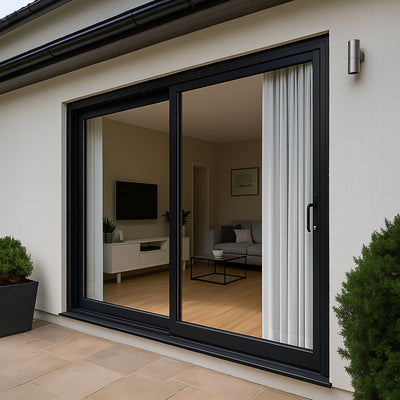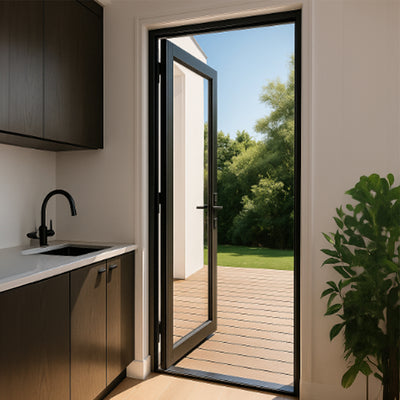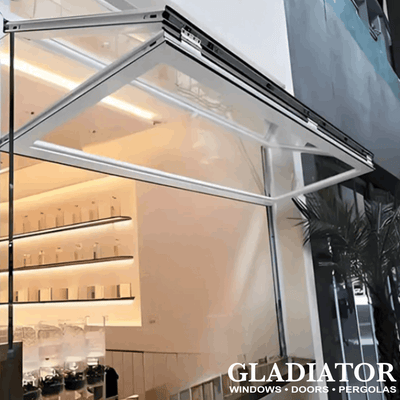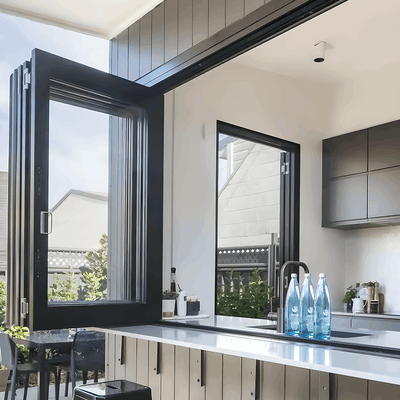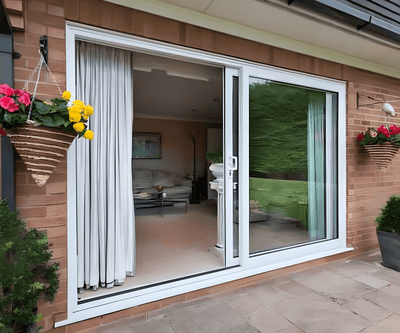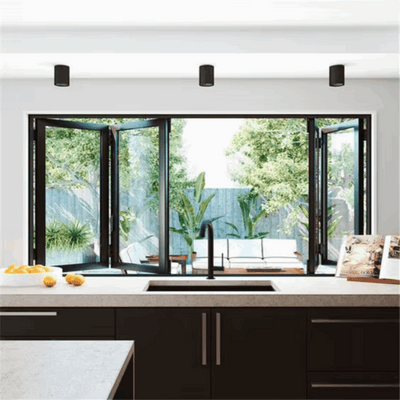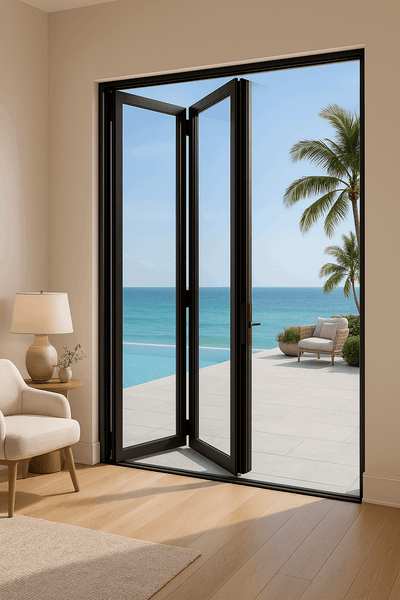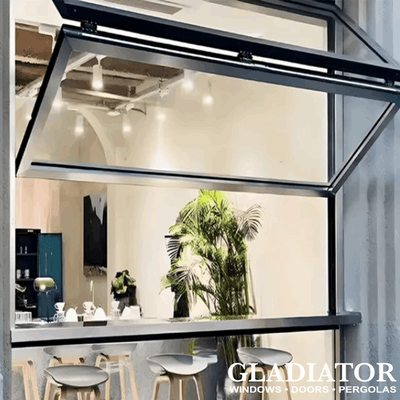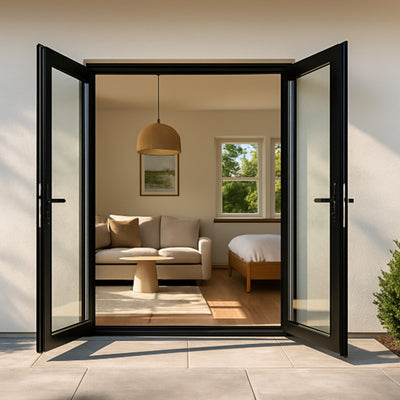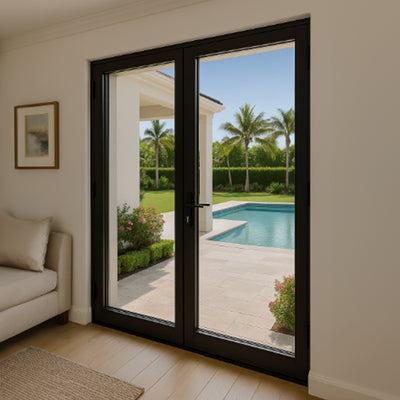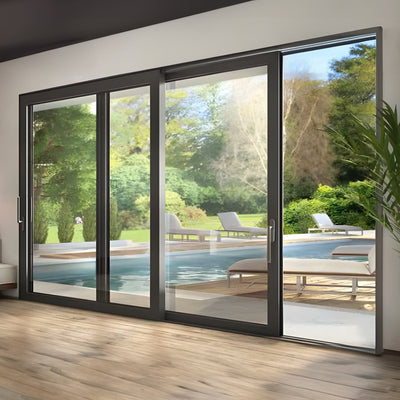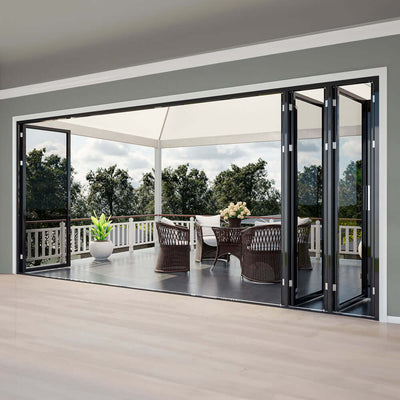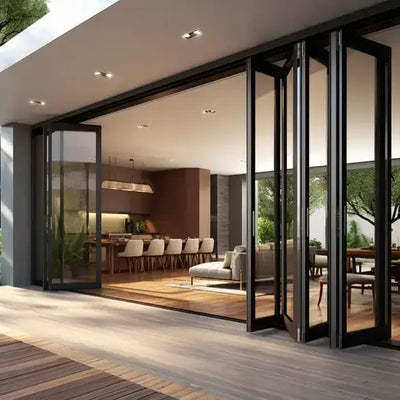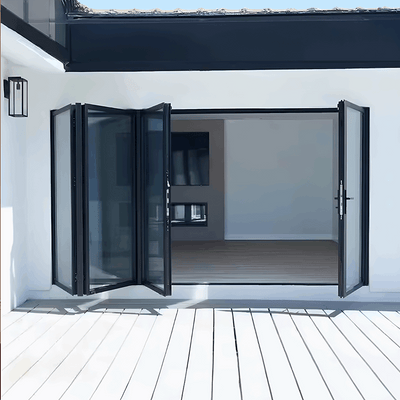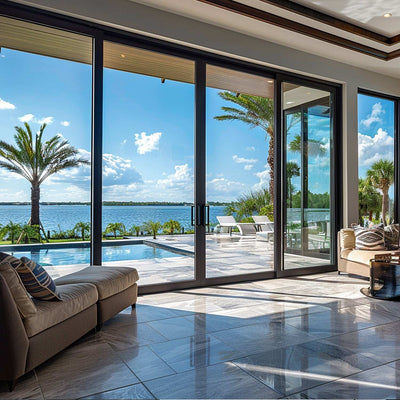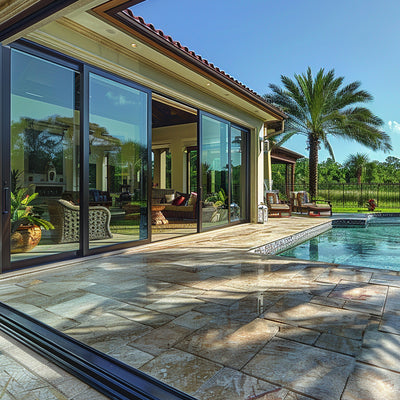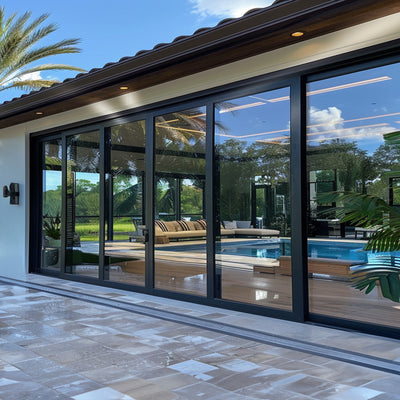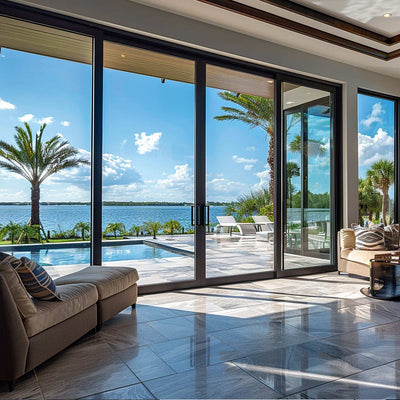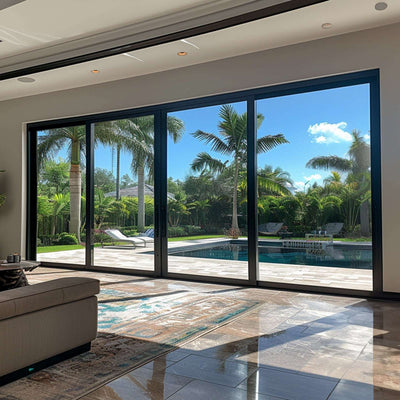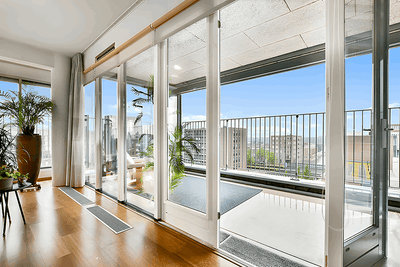Why Pivot Doors Are Transforming Modern Entryways
Pivot doors are redefining the concept of an entryway. They're not just functional portals; they're becoming striking design elements that elevate the entire aesthetic of a home. Unlike traditional hinged doors that swing on hinges attached to the door frame, pivot doors rotate around a vertical axis. This seemingly minor difference significantly impacts both the look and practicality of a door, making pivot door installation a rapidly growing trend.
The Aesthetics of Grandeur
This unique rotation allows for much larger door sizes than standard hinged doors. Imagine a grand entrance dominated by a single, impressive slab of wood or glass – this is the impact of a pivot door. It instantly becomes a statement piece, adding a touch of drama and luxury. The minimalist hardware also contributes to a clean, modern look. The pivot mechanism itself is often discreetly hidden, further enhancing the door's sleek appearance.
Practical Advantages of Pivot Door Systems
Beyond their visual appeal, pivot doors offer several practical advantages. Because the pivot point can be offset from the center, they require less clearance space for the door's swing. This is particularly beneficial for open floor plans where space is often limited. A pivot door, for instance, can be installed to swing open just inches from a wall, maximizing usable floor area.
The pivot mechanism also distributes the door's weight more evenly. This allows for the use of heavier materials and larger dimensions, opening up exciting design possibilities. Think massive wooden doors that exude warmth or expansive glass panels that fill interiors with natural light. While pivot door installation was once associated primarily with high-end architectural projects, it has become increasingly popular in mainstream construction and renovation thanks to its unique design and practicality. The pivot door market, valued at USD 1.2 billion in 2024, is projected to reach USD 2.1 billion by 2033, demonstrating a CAGR of 7.3% from 2026 to 2033. This impressive growth is driven by a rising focus on architectural aesthetics and functionality in both residential and commercial spaces worldwide. Find more detailed statistics here: https://www.verifiedmarketreports.com/product/pivot-door-market/
Making a Statement
Ultimately, installing a pivot door is about making a bold statement. It signifies a commitment to modern design and innovative functionality. Whether you envision a grand entrance or a subtle yet stylish upgrade, a pivot door provides a unique blend of form and function that can completely transform any entryway. This investment offers not just a visually stunning entrance but also adds significant value to your home’s overall design.
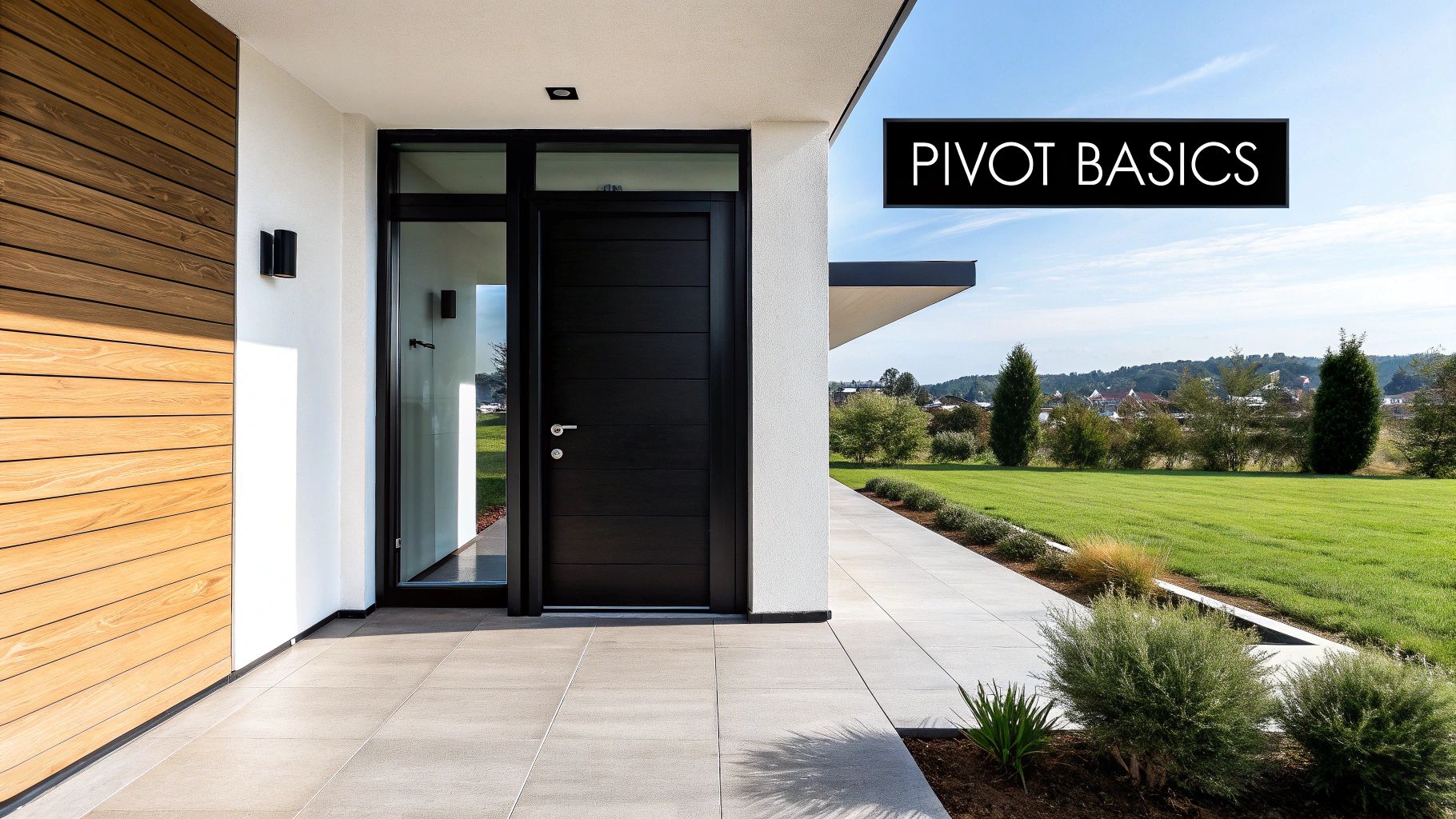
Preparing for Success: Tools & Materials You'll Actually Need
A successful pivot door installation relies heavily on good preparation. Gathering the necessary tools and materials beforehand will save you frustration and ensure a smooth installation process. This goes beyond basic tools; you'll need specialized equipment and specific pivot hardware.
Essential Tools for a Smooth Installation
Having the right tools is the first step. This includes standard tools found in most DIY toolboxes and some specialized equipment.
-
Laser Level: Accurate vertical and horizontal alignment is crucial. A laser level provides the precision needed for a flawlessly functioning door.
-
Impact Driver: This powerful tool simplifies driving long screws into various materials, especially when dealing with heavier doors. An impact driver is a must-have.
-
Drill with Various Bits: You'll need different drill bits for pilot holes, securing hardware, and possibly drilling into different materials such as wood, metal, or concrete.
-
Reciprocating Saw (Optional): A reciprocating saw might be necessary for trimming or adjusting the door frame or other structural elements.
-
Measuring Tape, Pencil, Safety Glasses: These are essential for accurate measurements and protecting your eyes.
Selecting the Right Pivot Hardware
Pivot hardware is the core of the installation, directly affecting the door's performance and lifespan. The pivot system, encompassing the top and bottom pivots, must be selected based on the door's weight and size. Heavier doors demand stronger hardware. You might be interested in: How to master your next project. Don't underestimate the importance of quality–investing in durable pivot hardware ensures smooth, quiet operation for years.
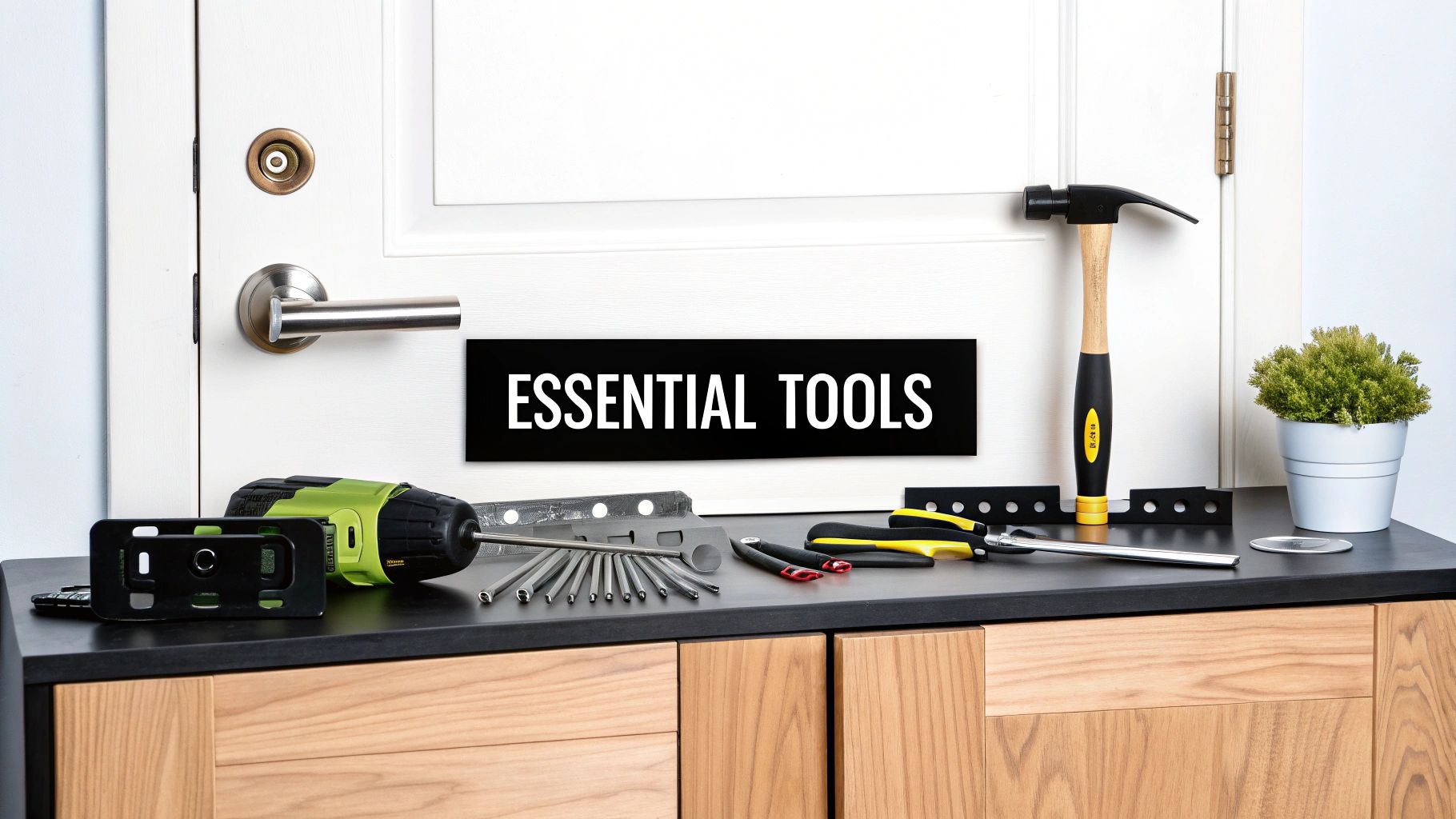
Pre-Installation Checks and Preparations
Beyond tools and materials, pre-installation checks are crucial. First, evaluate the structural support where the door will be mounted. Heavier pivot doors might require reinforced framing for long-term stability.
Next, ensure the floor is level. Even slight unevenness can impact the door's swing and function. Finally, accurately measure the door and opening, considering potential thermal expansion, particularly for large exterior doors. This careful preparation prevents costly rework later.
The Definitive Step-by-Step Pivot Door Installation Process
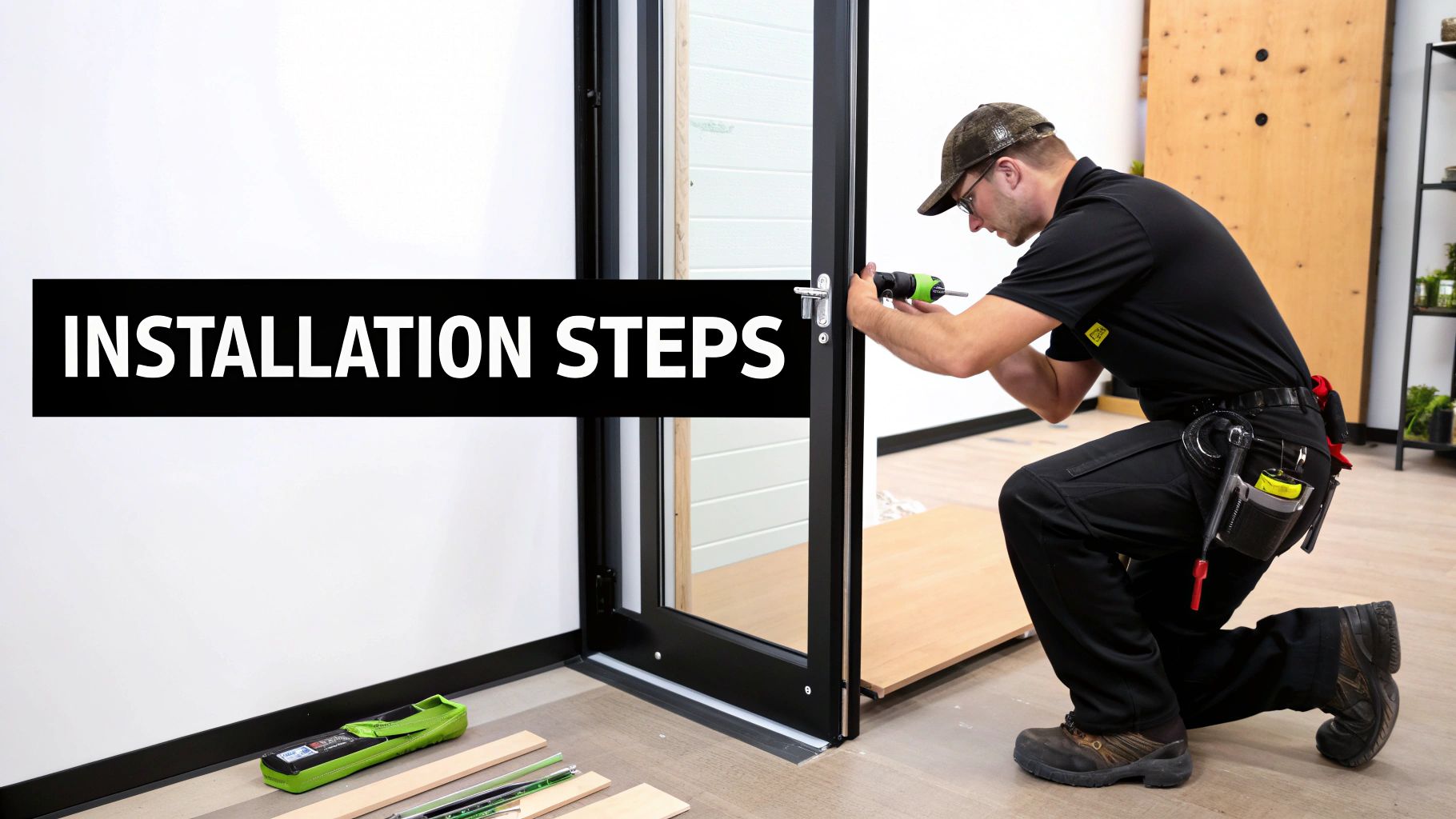
This guide dives into the pivot door installation process, offering a detailed walkthrough for a smooth and successful outcome. Whether you're a seasoned DIY enthusiast or a beginner, this step-by-step approach will make the installation manageable and straightforward.
Setting the Stage: Preparation and Initial Steps
Before you even think about picking up a tool, ensure your rough opening is the correct size. The surrounding structure should also be properly reinforced, especially for heavier doors. A solid wood door, for instance, needs stronger framing than a glass one. This initial check prevents future problems and guarantees long-term stability. Also, make sure your floor is completely level, as any unevenness can affect the door's swing and how well it operates.
Two key initial steps are:
- Precise Measurements: Accurate measurements of both the door and the opening are crucial for a perfect fit, saving you from costly adjustments later.
- Dry Fit: Before the final installation, perform a dry fit with the door and hardware. This allows you to visualize the finished product and catch any potential problems early on.
Installing the Pivot Hardware
The pivot hardware is the core of the entire system. This specialized hardware, which includes the top and bottom pivots, enables the smooth and efficient rotation of the door.
- Top Pivot Installation: Carefully install the top pivot mechanism following the manufacturer's instructions. This typically involves attaching a pivot plate to the header or lintel above the opening.
- Bottom Pivot Installation: Install the bottom pivot, usually into the floor. Precise placement is essential for proper weight distribution and smooth operation.
Hanging and Aligning the Pivot Door
Once the pivot hardware is in place, it's time to hang the door. Due to the door's weight and size, this step requires careful handling.
- Careful Lifting: Lift the door safely and engage it with both the top and bottom pivots. Use proper lifting techniques and get help if needed to prevent injuries or damage.
- Fine-Tuning the Alignment: After hanging the door, meticulously align it within the opening. Adjust the pivot hardware for a perfect fit and a smooth, even swing. Often, micro-adjustments are needed for the best performance. Precision is paramount in this stage.
Final Adjustments and Testing
The final stage involves the crucial adjustments that elevate a good installation to an excellent one. You might be interested in: How to master your next project.
- Swing Adjustment: Adjust the swing speed and closing action to ensure smooth, controlled movement and a secure latch.
- Seal Inspection: Check the seals around the door for any gaps. Proper sealing improves energy efficiency and stops drafts.
- Operational Test: Finally, test the door repeatedly, opening and closing it from both sides to confirm everything functions correctly and the door swings smoothly and quietly.
To give you a clearer picture of the installation process, let's look at the typical timeline and complexity. The following table provides a breakdown of each stage.
Pivot Door Installation Timeline and Complexity This table breaks down the installation process by stage, showing estimated time requirements and difficulty level for each step
| Installation Stage | Estimated Time | Skill Level Required | Common Challenges |
|---|---|---|---|
| Preparation and Initial Steps | 1-2 hours | Beginner | Ensuring accurate measurements |
| Installing the Pivot Hardware | 2-3 hours | Intermediate | Precise pivot placement |
| Hanging and Aligning the Door | 1-2 hours | Intermediate | Handling door weight safely |
| Final Adjustments and Testing | 1-2 hours | Beginner | Achieving smooth swing & closure |
These are estimates and can vary based on the specific door and hardware you're using. Remember, patience and attention to detail are key to a successful pivot door installation.
Troubleshooting Like a Pro: Solving Common Installation Challenges
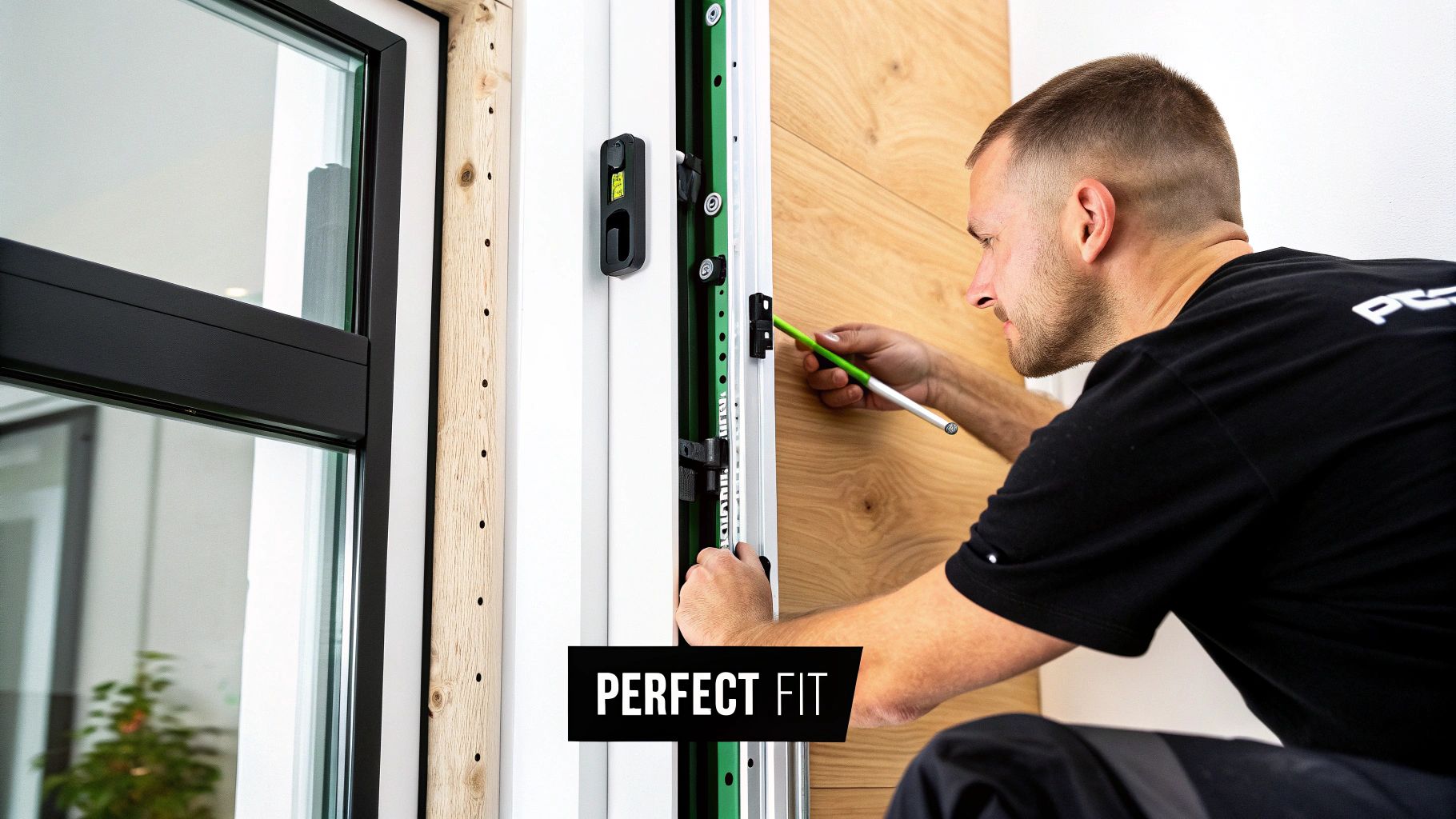
Even with the best planning, installing a pivot door can present challenges. This section tackles common issues and provides practical solutions, leveraging the wisdom of experienced installers. You'll gain the knowledge to handle these problems effectively.
Addressing Uneven Floors
Uneven floors frequently cause alignment problems. A dragging door or one that won't close properly are telltale signs. Even a slight slope can disrupt the door's balance and create uneven weight distribution. Shimming the bottom pivot point compensates for floor irregularities. This simple fix ensures the door hangs plumb and operates smoothly.
Correcting Weight Distribution Issues
Incorrect weight distribution can result in awkward door movement. The door might swing too fast or feel unusually heavy on one side. This often stems from improper pivot hardware placement or using hardware not suited for the door's weight. Check the pivot placement; you might need to relocate or upgrade the hardware for better support. This allows for effortless movement and maintains balance.
Handling Hardware Mismatches
Choosing the wrong pivot hardware is another common pitfall. A door that binds or resists swinging freely indicates a mismatch. Using hardware not rated for the door's size can also cause premature wear. Select hardware designed for the door’s specific dimensions and weight. For more guidance, check out our hardware selection guide. Choosing the right hardware upfront prevents issues and optimizes performance.
Rectifying Clearance Miscalculations
Insufficient clearance significantly impacts door function. The door may rub against the frame or surrounding walls. This often results from inaccurate measurements or neglecting the door's swing radius. Adjusting the door’s position or modifying the surrounding structure ensures proper clearance. This proactive approach avoids functional problems and allows for unobstructed movement.
Pivot doors offer unique advantages, particularly in modern design. Their design allows for larger door sizes and distinct pivot mechanisms, contributing to their rising popularity. Factors like urbanization and increasing disposable incomes further drive demand, particularly for open-concept living. However, the higher installation costs, between $1,500 and $5,000 for custom jobs, can be a limiting factor. For more on this, explore pivot door market trends. Addressing these potential issues in advance ensures a smoother, more successful pivot door installation.
Keeping Your Pivot Door Flawless: Essential Maintenance Secrets
After installing a beautiful pivot door, keeping it in top condition requires ongoing care. This involves simple yet effective maintenance practices to ensure smooth operation for years to come. This proactive approach not only preserves the door's aesthetic appeal but also significantly extends its lifespan.
Seasonal Adjustments: Keeping Up with the Elements
Just like other parts of your home, pivot doors are affected by seasonal changes. Temperature and humidity fluctuations cause materials to expand and contract, potentially affecting alignment and swing. Seasonal adjustments are crucial for maintaining optimal performance. This may involve minor tweaks to the pivot hardware or the door's closing mechanism.
Lubrication: The Key to Smooth and Silent Operation
The pivot system hardware needs regular lubrication to prevent friction and wear. Like a well-oiled machine, a properly lubricated pivot door operates smoothly and silently. Different hardware systems have unique lubrication requirements, so it’s best to consult your manufacturer’s guidelines for the recommended type and frequency. This simple task can significantly extend the life of your hardware.
Preventative Inspections: Catching Problems Early
Regular inspections are vital for identifying potential issues before they become major problems. Check the door's swing, alignment, and hardware for wear or damage. Listen for unusual squeaks or grinding sounds, which can indicate developing issues. Addressing these promptly prevents extensive and costly repairs later.
Recognizing the Warning Signs
Knowing the early warning signs of necessary adjustments can save you time and money. These signs might be subtle, like a slight change in swing momentum or a barely perceptible sound. Other indicators include difficulty latching or noticeable drag against the frame. Learn more in our article about pivot door maintenance. Addressing minor issues promptly can prevent significant problems down the line.
Material-Specific Cleaning: Preserving Beauty and Function
Cleaning your pivot door maintains its appearance and preserves its functionality. Different door materials require specific cleaning methods. Wood doors might need special cleaning solutions to protect the finish, while glass doors require gentle cleaning to avoid scratches. Using the correct cleaning products and techniques ensures longevity and keeps your door looking its best. Cleaning the surrounding frame and seals prevents buildup that could interfere with operation.
Trending Designs: Making Style & Function Decisions That Last
Choosing a pivot door is more than just a practical decision; it's a chance to make a statement about your design style. This exploration of pivot door possibilities will help you create an entryway that's both stylish and built to last. We'll look at how different materials can affect both the look and the performance of your door.
Material Matters: Balancing Aesthetics and Performance
Your pivot door's material is a key factor in its appearance and how it holds up to everyday use and weather. Choosing the right material means weighing the advantages and disadvantages of each option.
-
Wood: Wood brings a timeless elegance and warmth to any space. Different types of wood, from the richness of mahogany to the sleekness of maple, create distinct visual effects. Keep in mind that wood needs regular upkeep to protect it from moisture and changing temperatures.
-
Metal: Metals like steel or aluminum project a modern sophistication and inherent strength. Available finishes, such as brushed nickel or matte black, can complement a wide range of architectural styles. Metal's durability and weather resistance make it a low-maintenance choice.
-
Glass: Glass creates a feeling of openness and welcomes natural light into your home. Options range from clear glass for maximum light to frosted or patterned glass for more privacy. While visually stunning, glass pivot doors require careful handling during installation.
-
Composite Materials: Composite materials offer a practical blend of durability, affordability, and design flexibility. They can mimic the appearance of wood or metal while providing better resistance to weather and rot, making them a great choice for exterior doors.
Current Trends in Pivot Door Design
Several key trends are shaping pivot door design today. Minimalist aesthetics, featuring clean lines and simple hardware, remain highly sought after. Oversized pivot doors create a grand, impressive entrance, and the incorporation of glass elements maximizes natural light and connection with the outdoors. The global pivot door market reflects these trends, showing increasing demand for modern and stylish architectural elements. In 2024, the market was valued at about USD 10.54 billion. North America led the market with over 40% of global revenue (approximately USD 4.2 billion), followed by Europe at 30% (USD 3.16 billion) and Asia-Pacific at 23% (USD 2.42 billion). Learn more: Pivot Door Market Report.
Customization Options: Elevating Your Door
Customizing your pivot door can take it from impressive to truly extraordinary. These options not only enhance the door's visual appeal but can also affect installation and long-term value.
-
Custom Hardware: Unique handles, hinges, and pivot systems add a personalized touch that complements your home's style.
-
Integrated Features: Features like electronic locks, smart home integration, and hidden closers add both security and convenience.
-
Decorative Elements: Incorporating decorative elements such as etched glass, carved wood details, or metal inlays allows you to create a truly one-of-a-kind pivot door. For more information, check out this resource: How to Master Your Next Project
Choosing Wisely: Long-Term Value and Practical Considerations
Aesthetics are essential, but practical considerations are just as important when selecting a pivot door. Weather resistance is crucial for exterior doors, while energy efficiency impacts your utility bills over time. Security features like multi-point locking systems offer increased peace of mind. Balancing these practical needs with your design vision ensures a pivot door that is both beautiful and reliable for years to come.
To help you make the best decision for your project, we've compiled a comparison of common pivot door materials:
Pivot Door Materials Comparison: A comparative analysis of different pivot door materials highlighting their properties, costs, and suitability for various applications.
| Material Type | Durability | Maintenance Requirements | Cost Range | Best Applications |
|---|---|---|---|---|
| Wood | Moderate | High (regular sealing and refinishing) | Moderate to High | Interior and sheltered exterior |
| Metal (Steel/Aluminum) | High | Low | Moderate to High | Interior and exterior |
| Glass | Moderate | Moderate (cleaning and occasional seal replacement) | High | Interior and sheltered exterior |
| Composites | High | Low | Moderate | Interior and exterior |
This table summarizes the key differences in durability, maintenance, cost, and ideal applications for each material. Choosing the right material depends on your specific needs and priorities.
DIY vs. Professional Installation: Making the Smart Choice
Installing a pivot door can dramatically upgrade your entryway. But deciding between a DIY installation and hiring a professional is a key first step. This section weighs the pros and cons of both approaches, helping you make the right choice for your home.
Evaluating Your DIY Potential: A Self-Assessment
Before attempting a DIY pivot door installation, take an honest look at your skills and resources. Pivot doors are heavy, and installation demands precision. Consider the following:
- Carpentry Skills: Do you have experience with precise measurements, power tools like impact drivers, and fine-tuning adjustments?
- Tool Availability: Do you have (or can you borrow) the required tools? This includes a laser level, impact driver, and specialized pivot hardware installation tools.
- Time Commitment: Installing a pivot door takes dedicated time and effort. Can you commit the necessary time without rushing, including time for troubleshooting?
- Project Complexity: Is it a standard installation, or does it involve custom features or integration with existing structures? Complex projects often benefit from professional expertise.
The Professional Route: Finding and Vetting Installers
If professional installation seems like the better option, finding a qualified installer is crucial. Look for installers experienced with pivot door systems. Ask these important questions:
- Portfolio and References: Have they successfully installed similar doors? Can they provide references? Reviewing their past work helps gauge their quality.
- Insurance and Licensing: Are they fully insured and licensed? This protects you in case of accidents or damage.
- Detailed Quotes: Do they provide clear quotes outlining all costs, including materials, labor, and any potential extra expenses? Compare quotes from several installers for fair pricing.
- Warranty Information: What warranties do they offer on their work and the hardware? A good warranty provides peace of mind.
Cost Considerations: DIY vs. Professional
Cost is a major factor in the DIY vs. professional decision. While DIY might initially seem cheaper, consider these potential hidden costs:
- Tool Purchases: Buying specialized tools adds to the overall expense. Renting can be a cost-effective alternative.
- Mistake Rectification: DIY installation errors can lead to costly repairs. Professionals have the experience to avoid these issues.
- Time Investment: Your time has value. Factor that in when comparing costs.
Professional installation typically costs between $1,500 and $5,000 for custom pivot door projects. This price reflects the specialized skills and precision involved. Professional installation often comes with warranties, ensuring a correctly functioning door and potentially saving you money and stress down the line.
The Final Decision: Confidence in Your Installation Path
Choosing between DIY and professional installation depends on your situation. A realistic self-assessment, research on installers, and careful cost comparison will empower you to make the best decision. This ensures your pivot door project is a success and enhances your entryway for years to come.
Ready to transform your home with a stunning pivot door? Explore the exceptional selection and expert installation services at Gladiator Window and Doors. We specialize in high-quality, custom-made pivot doors. Contact us today for a free consultation and let us help you create your dream entryway.









